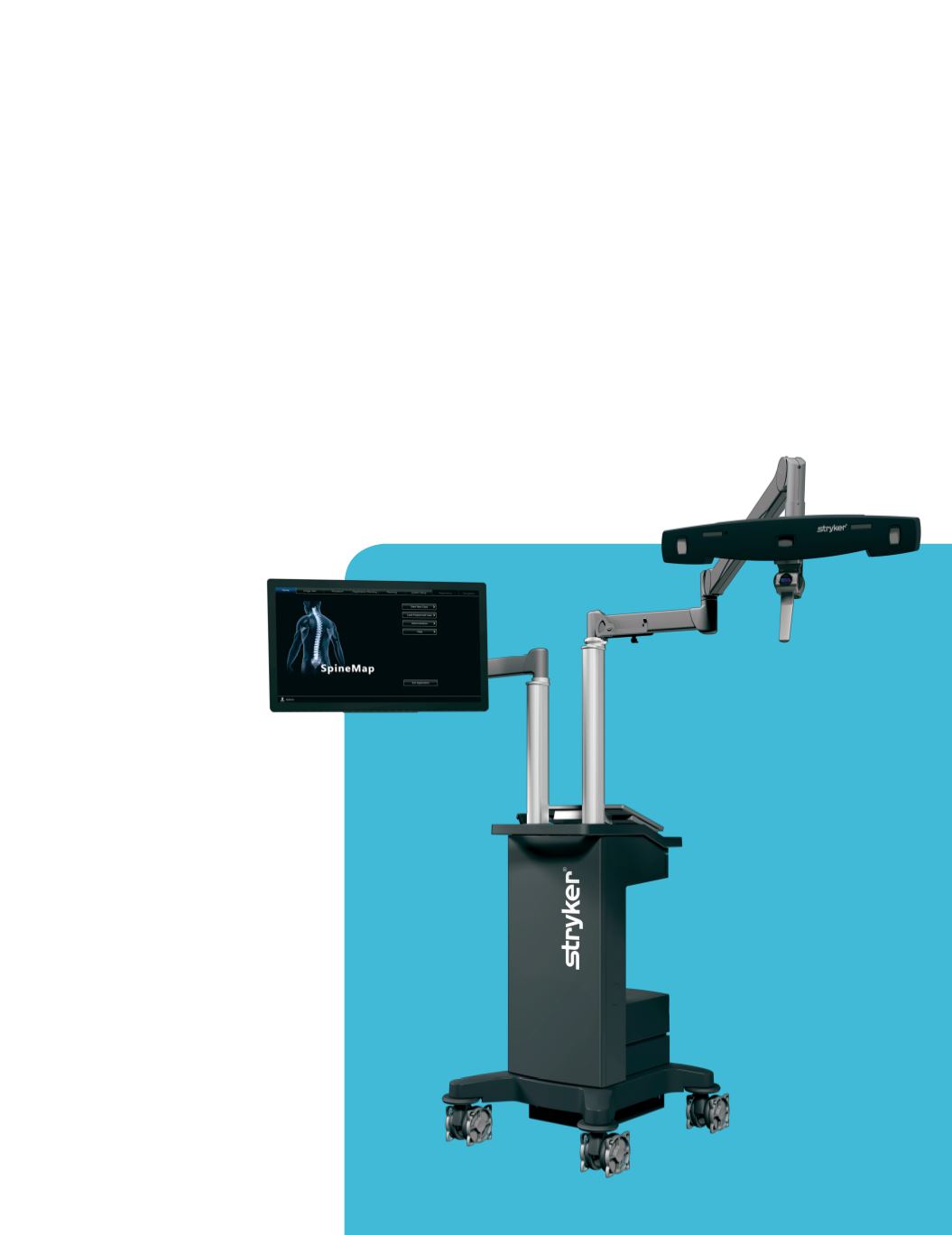
 ARCHBOLD.ORG
ARCHBOLD.ORG
•
SPRING 2017
15
“We’re proud to
offer this state-of-
the-art technology
to patients in our
region. This is
another example
of how Archbold
is committed to
improving quality
and safety and
investing in the
right technology to
advance healthcare
in our region.”
—Brian Russell, MD
How CAS works
The general premise behind CAS is
the computer’s software that creates a
three-dimensional model of the patient’s
anatomy, essentially a digital roadmap.
“Much like a GPS system in an auto-
mobile, this allows for the surgeon to
track in real time the position of surgical
instruments, as well as implants during
some procedures, in relation to the
patient’s anatomy,” said Archbold neuro-
surgeon Brian Russell, MD.
Before surgery, the patient undergoes
a series of CT scans that reveal the soft
tissue and bony structures in and around
the surgical area.
“With CT scans, stored as slices, the com-
puter builds a 3-D model of the patient’s
surgical area,” said Dr. Russell. “This model
can be used by the surgeon to plan
the details of the surgery, including the
number, size and location of
implants.”
In the operating room, the
surgeon uses “smart” instru-
ments to match defined
points on the 3-D computer
model to the patient’s true
anatomy.
“The computer uses these points to
correlate the position of the patient in
real time with the computer-generated
3-D model to create a digital map of the
anatomy,” said Archbold ENT Lorraine
Williams, MD.
Specific surgical instruments with
embedded LEDs are used.
“The wireless instruments give the
surgeon complete control from the ster-
ile field due to remote control features
on each instrument,” said Dr. Williams.
“During surgery, monitors display the
3-D model of the patient’s surgical area,
as well as any preplanned locations for
implants. A specially designed cam-
era tracks the movement of the Smart
Active instruments and displays real-
time images of the instruments on the
3-D model during surgery.”
The computer also mathematically
compensates for any patient movement,
which allows the surgeon to pinpoint
the location of the surgical instrumenta-
tion and the patient anatomy at all times.
And the benefits?
Computer-assisted surgery is cutting-
edge medical technology that offers
many benefits to both the surgeon and
the patient. CAS doesn’t replace the
surgeon’s skills, but it aids the surgeon’s
confidence, especially when operating in
and around delicate anatomy.
“With CAS in the OR, as surgeons
we’re truly seeing surgery differently,”
said Dr. Russell. “We’re able to see our
patient’s anatomy much more clearly.
The ability to see the exact position of
the instruments aids in surgical precision
and helps avoid potential damage to
surrounding tissue and structures.”
The technology offers patient bene-
fits, as well.
“Smaller incisions translate into less
blood loss,” said Dr. Williams. “And in
many cases, that means shorter post-
operative recovery for some patients.
Our patients definitely benefit from the
use of the technology, too.”
“We’re proud to offer this state-of-
the-art technology to patients in our
region,” said Dr. Russell. “This is another
example of how Archbold is committed
to improving quality and safety and
investing in the right technology to
advance healthcare
in our region.”
















